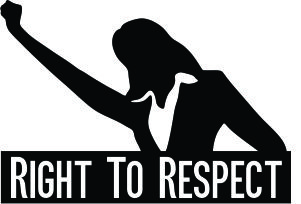What happens after an employee files a harassment charge with the EEOC against your business?
The Equal Employment Opportunity Commission (EEOC) has 10 days to notify your business that a harassment charge has been filed. This notification doesn’t mean that they’ve determined that your business engaged in harassment or discrimination, it only means that they will be conducting an investigation into the matter.
The EEOC will assign an investigator to the case and request information from both the business as wells as from the party who filed the harassment charge.
Here’s some of the information they may request:
•They may ask for a statement of position. This is when your business can explain their side of the story.
•They may submit a Request for Information (RFI) where they ask your business to provide personnel policies, personnel files on the charging party, and other documents.
•The investigator may ask to be permitted to conduct an on-site visit. This may be done instead of an RFI or in addition to one.
•The investigator may ask for files on other employees in order to contact them for witness interviews. A business representative is allowed to be present for interviews of management level employees, but the EEOC investigator can interview non-management employees without a representative or even permission of the business.
Some things to note:
•The EEOC encourages business owners and employers to submit any and all information they have that reveal facts showing that the harassment charge is false.
•Due to the long tedious process of information collecting, the average time it took to investigate charges in 2015 was 10 months.
•If a business employer has any concerns over providing certain information, they are encouraged to notify the EEOC investigator, as they may modify their request, however, if the investigator deems it relevant to the case, they can subpoena the information.
After the investigation has been conducted, the EEOC investigator will either:
•They may issue a notice referred to as a Dismissal and Notice of Rights. This means the EEOC could not find reasonable cause to show that harassment or discrimination occurred. However, the employee who charged the file, has 90 days to file a lawsuit.
•If the EEOC did find reasonable cause to show that harassment or discrimination occurred, then they issue a Letter of Determination. Both parties involved can then take the next steps to try to resolve the matter through conciliation.
•If conciliation does not work, a federal lawsuit may be filed.















Comments